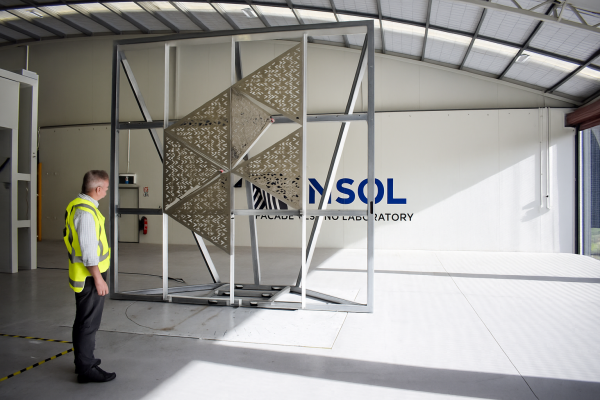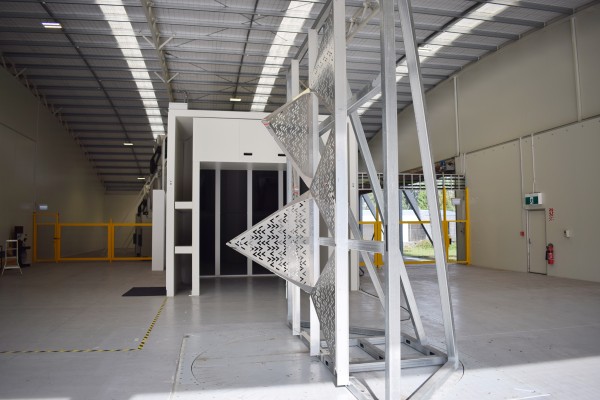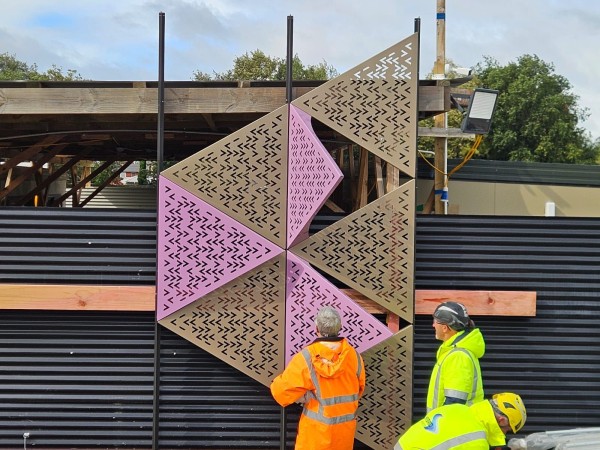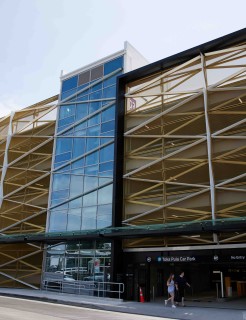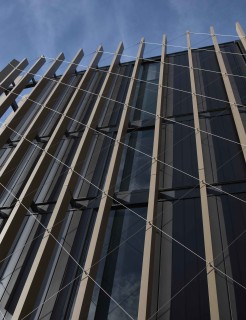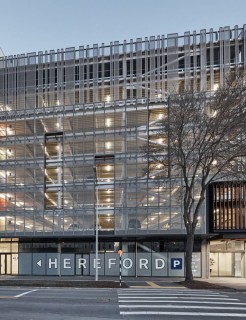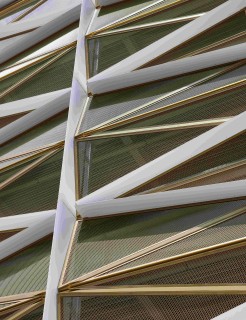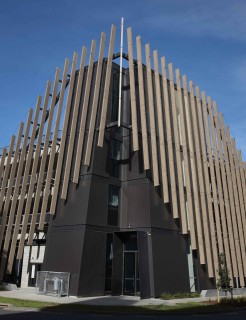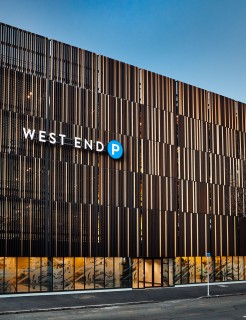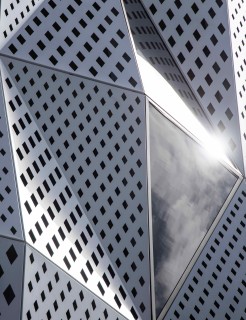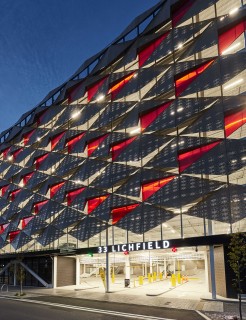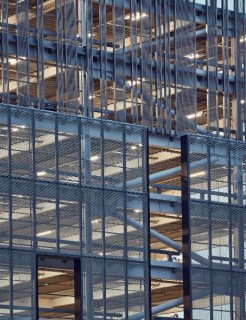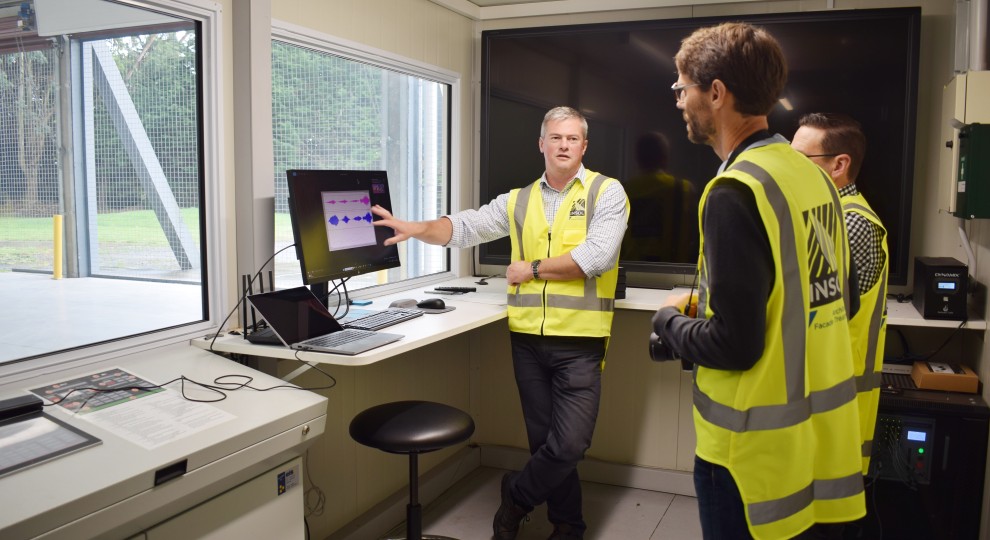
‘Lights, Wind, Action’ at Koawa Studio
Inside, the South Island's largest digital production facility is set up for storytelling and sound recording. Outside, the stage is set for wind whipping through the perforated facade. Will the weather heed the instruction for ‘all quiet on set please’?
The Situation
When Koawa Studios opens next year, it will be the largest facility for the screen and creative technologies in the South Island. The 1400sqm building will house advanced post-production facilities, editing suites, production offices, screening room, and a state of the art 440 sqm sound stage.
As the most advanced production facility in the South Island, located relatively close to the filming playgrounds of Queenstown and Otago, where major Hollywood film and television shoots are becoming more frequent, there is considerable interest in the facility. With the stakes so high and no appetite for a ‘take two’ when it comes to the design of the building, it was imperative every element was tested.
This was especially true for the 700+ triangular panels which will cover the entire west facing facade of the facility. Made from perforated aluminium, they create a large visual reinterpretation of the Koawa Studios logo, which draws its arrow-like shape from the diagonal lines of the stylised Koawa word mark. Approximately half of these panels protrude outwards at various angles, effectively creating a series of sails with multiple opportunities to catch the wind and whistle. Indeed, if there is a particular angle that whistles, the design will have it.
Given there is zero tolerance for wind noise or outside interference of any kind, the University of Canterbury and the Architect decided a performance mock-up and visual mock-up would both be advantageous, beginning with using the PMU in the Insol WindLab for testing.
Testing Methodology
A PMU was constructed to accurately represent a 3x3 section of the facade. The 6 triangular shaped perforated facade sections would be rotated and angled on the wind tunnel turntable to systematically check through to the worst case scenario for wind induced noise.
Wind speeds from 10m/2 up to 48 m/s represented typical wind/gust speeds for Christchurch and the location of the studios. Acoustic measurements were then taken in the third octave. A third octave reading provides a more granular analysis of the acoustics, providing us with the ability to break down complex sounds by frequency components.
At the same time, testing measured for deflections as the protruding panels had the potential to vibrate excessively in high winds. Accelerometers positioned on the PMU were used to measure deflection in millimetres.
Testing Results & Recommendations
The testing was very much a full dress-rehearsal for the action to follow when construction is complete. The good news is no facade element ‘forgot their lines’ and played their role perfectly. Which is to say they had no lines, as their role is silent, with no noise present from the perforated triangles in testing.
Following wind tunnel testing, a VMU with the specified distinctive shade of purple powder coating, was installed on site as a control sample.
Conclusion
With no acoustic or deflection issues detected during testing, it was a case of ‘action’ for the project.
The result will be a production facility where the only dramatic sounds are intentional and scripted. Playing a role in countless film and TV productions to come, the Insol facade will have no lines, yet we’ll be proud of our uncredited role. Knowing that behind the facade celluloid magic will be created is quite pleasing.
*Insol exits stage left.
